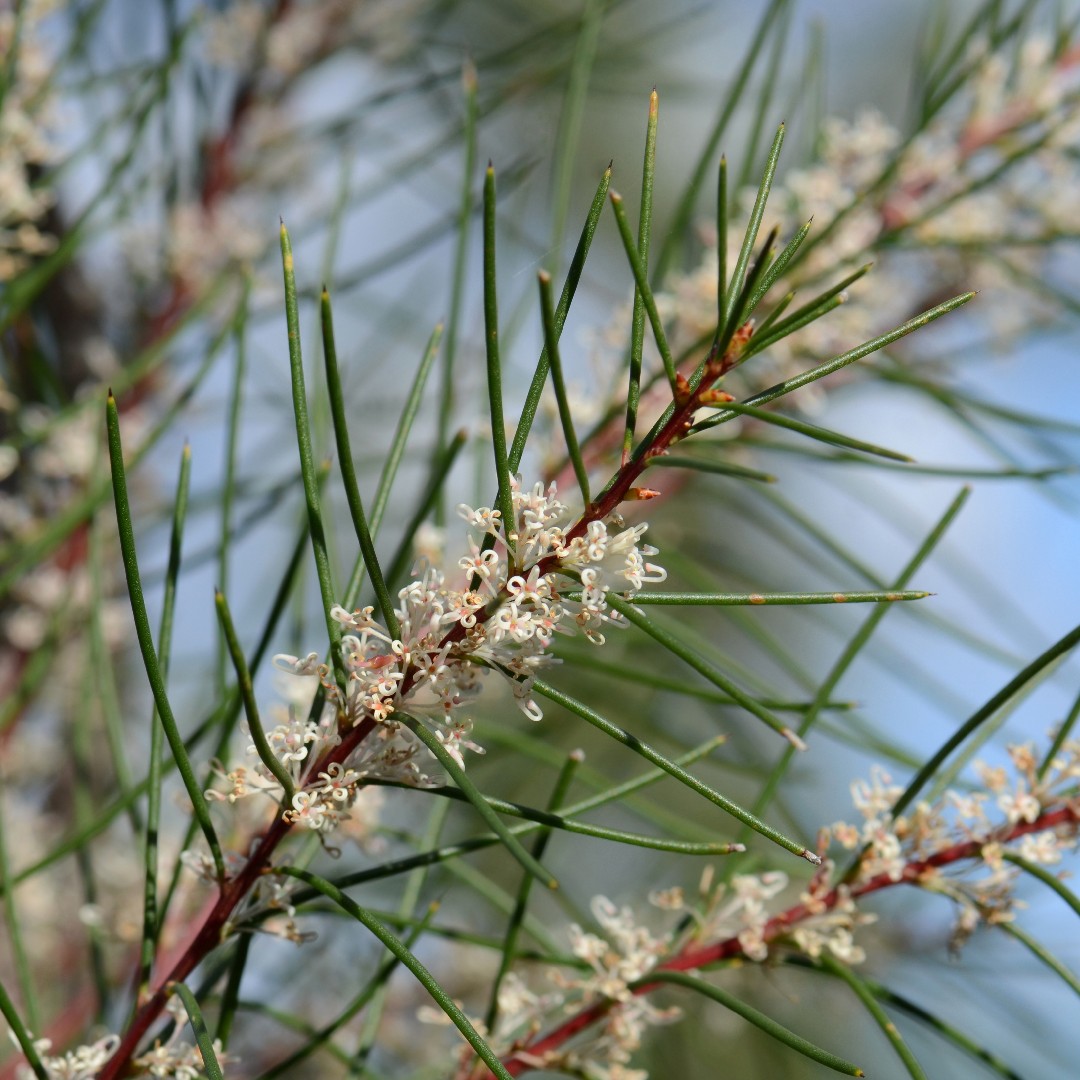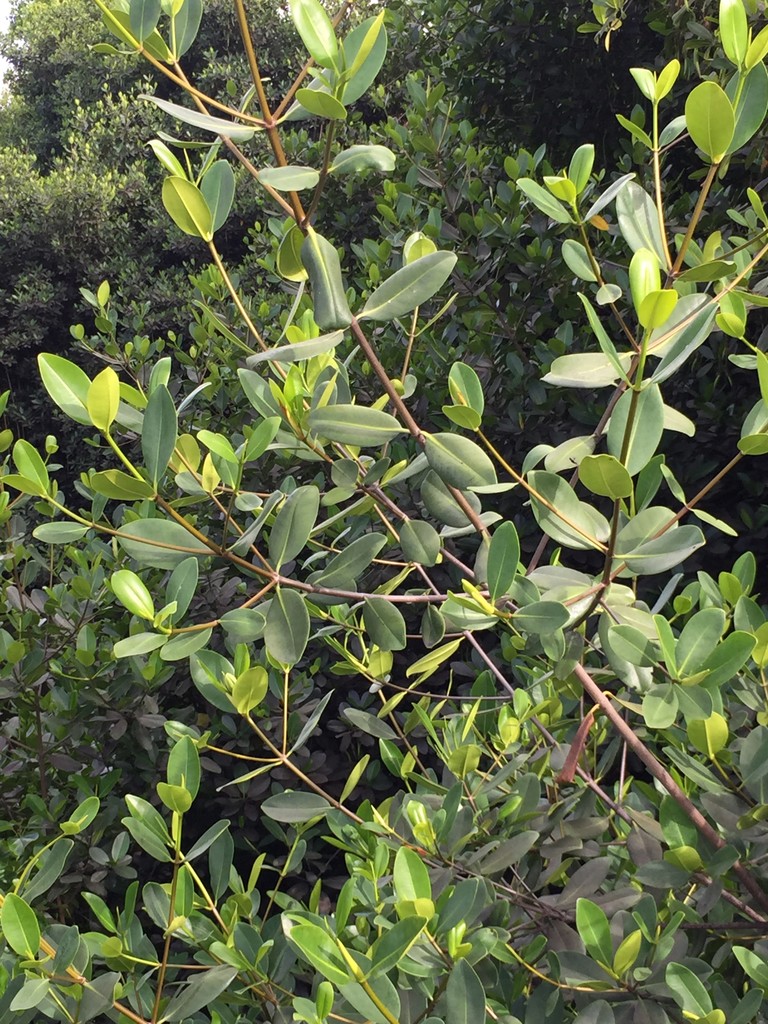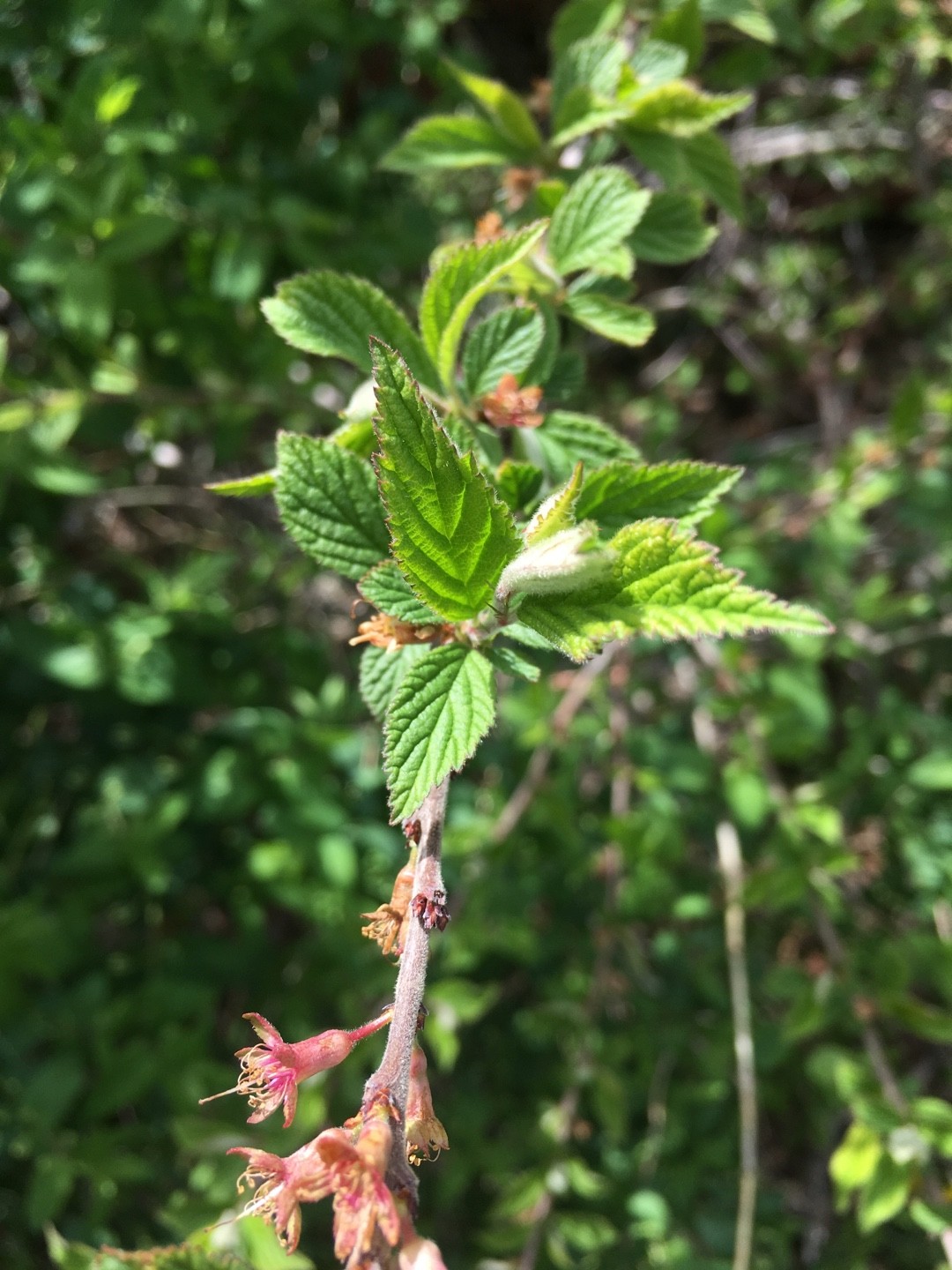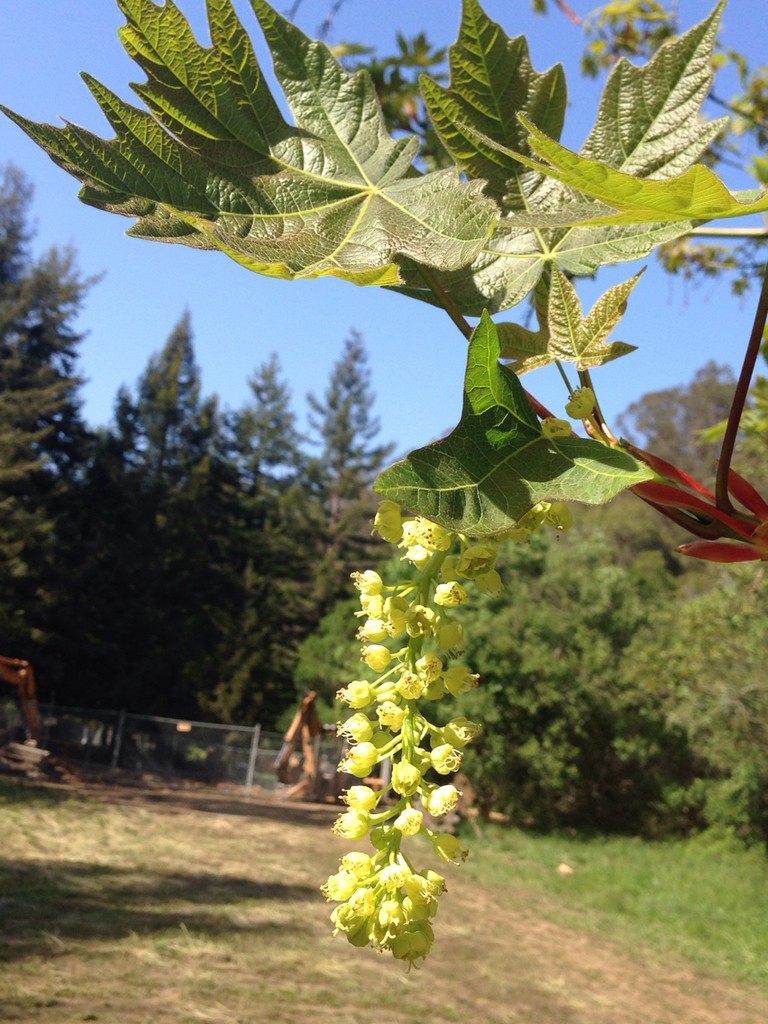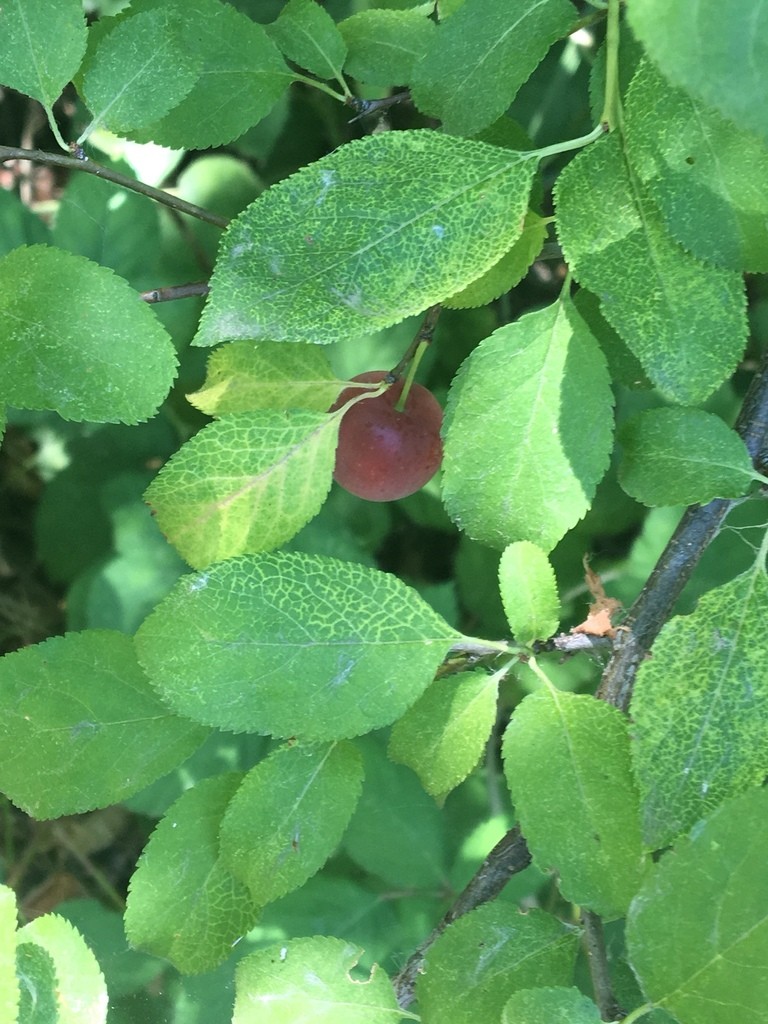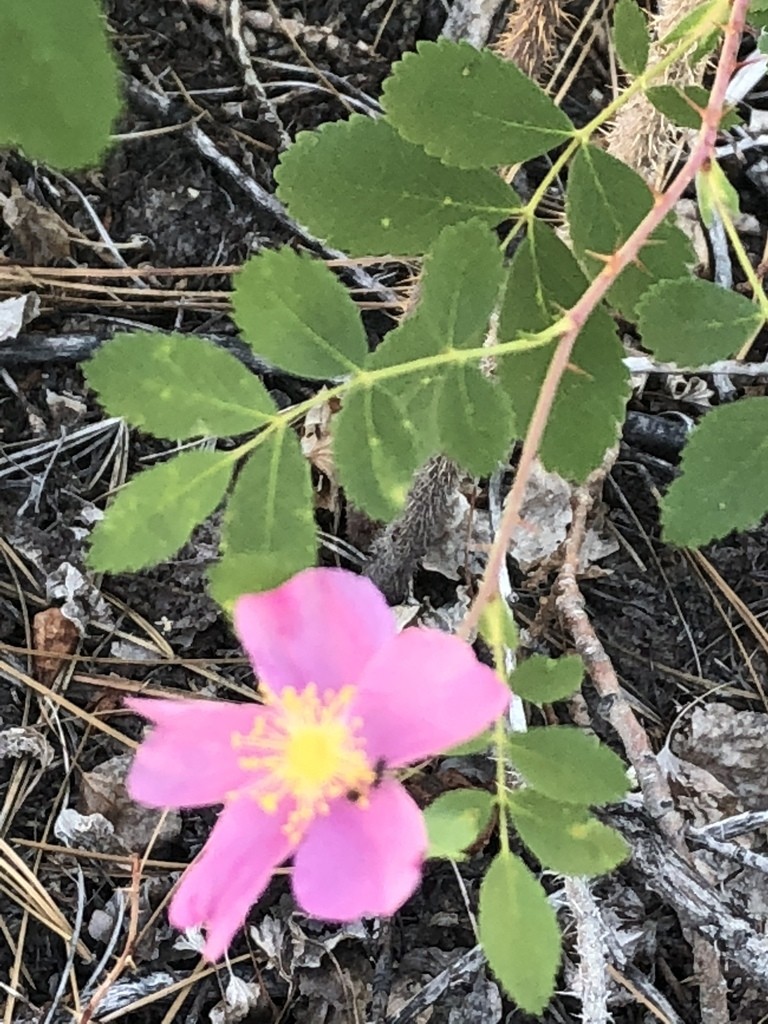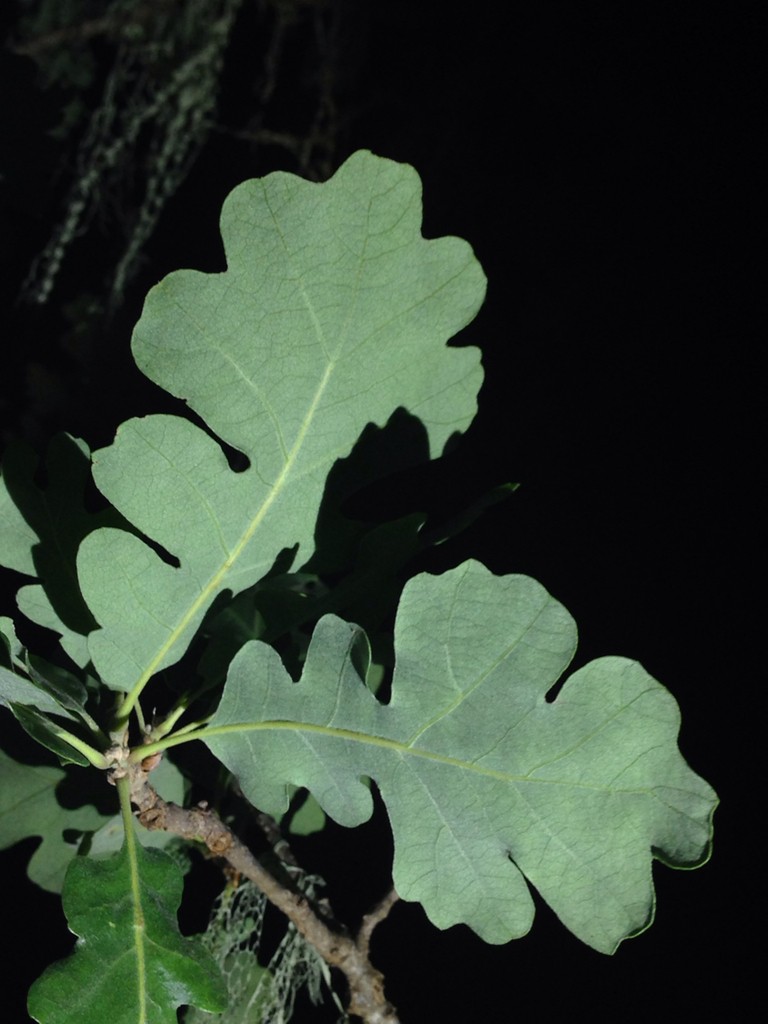Honey bush
Honey bush is adorned with slender, needle-like leaves, creating a delicate, bushy appearance. Its standout feature is the profusion of small, cream to pale yellow flowers that burst into life, typically during winter and spring. These blooms, while modest in size, collectively add dramatic flair to the Australian shrublands where honey bush thrives, often attracting nectar-feeding birds. The seeds of honey bush are encased in woody, boat-shaped fruit, which are signature to the plant's survival in its arid habitat.





